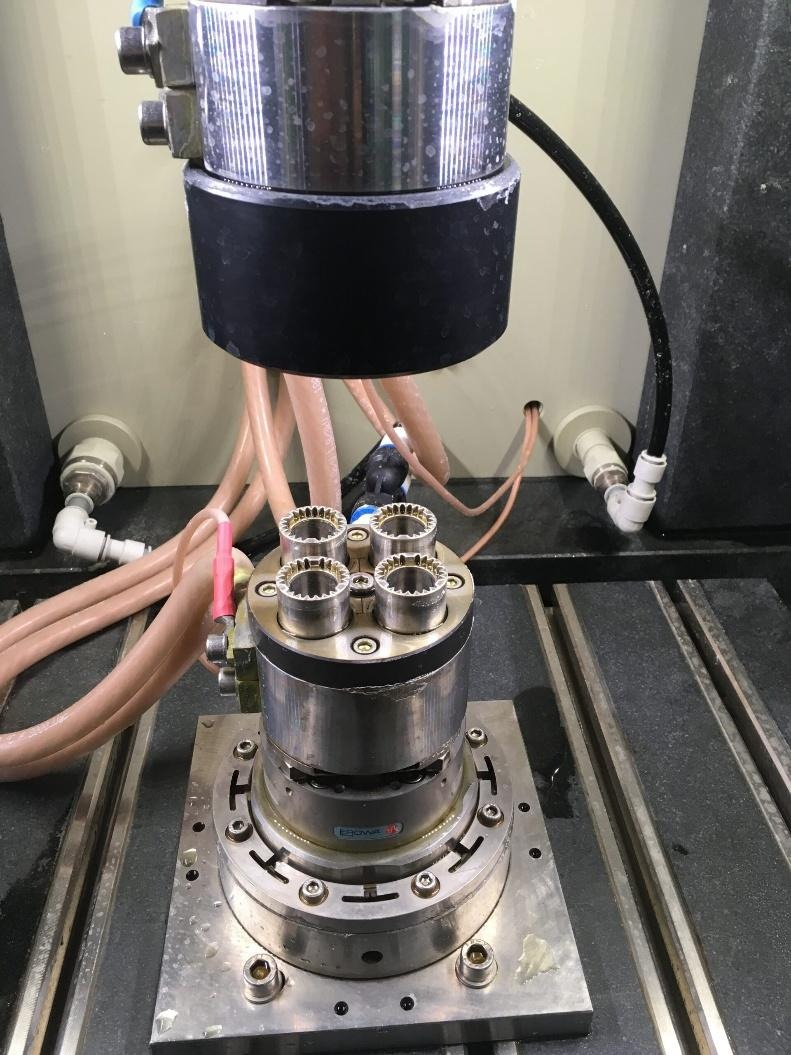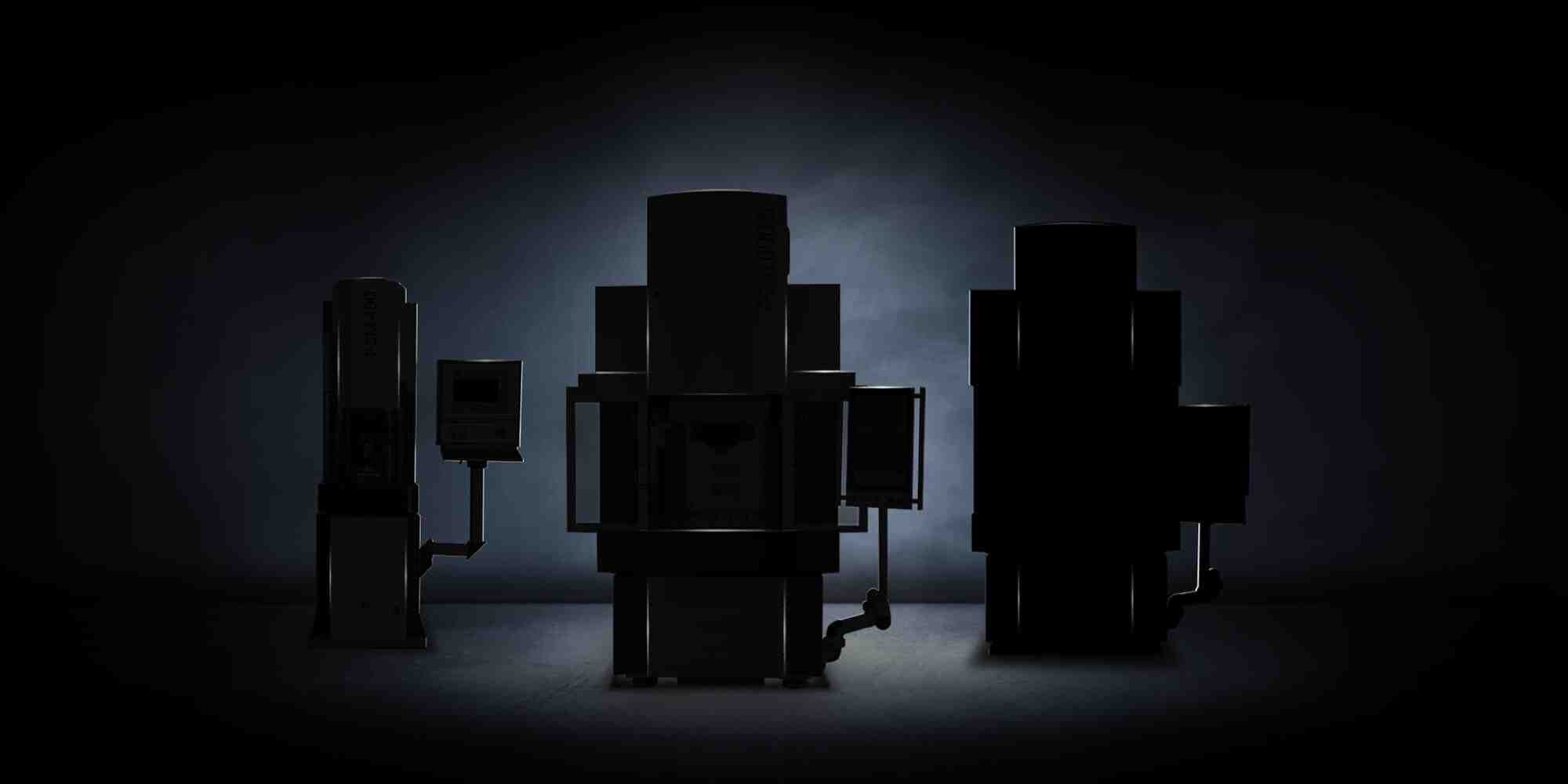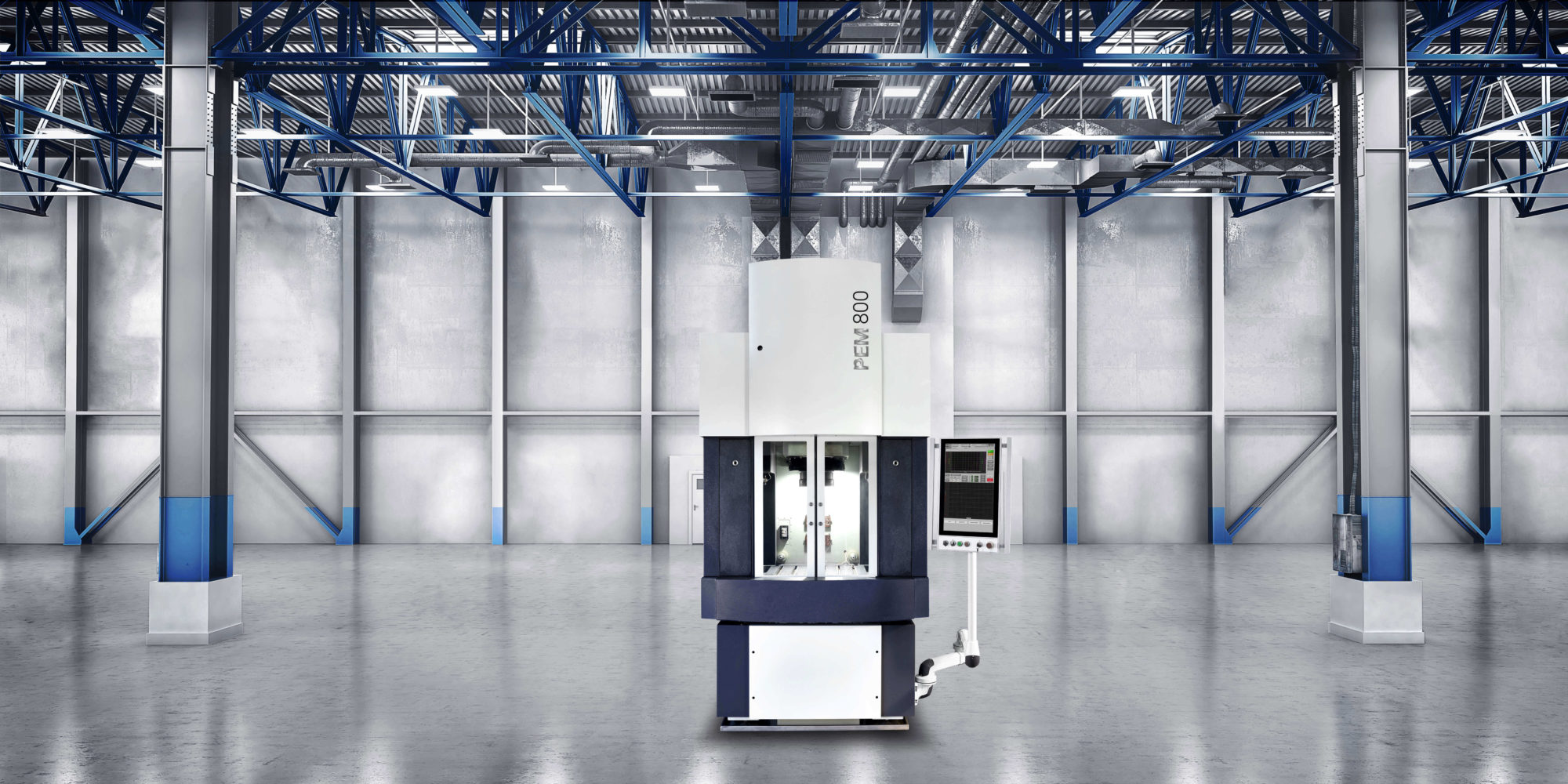For decades, sink Electrical Discharge Machining (sink EDM) has been the undisputed champion for creating complex, precision cavities in hardened tool steel. Its ability to "burn" any conductive material, regardless of hardness, has made it the go-to process for mould makers worldwide. However, a new challenger has emerged, not just to compete, but to redefine the standards of efficiency, accuracy, and scalability in mass production tooling. That challenger is the Pulsed Electrolytic Machining (PEM) process, known commercially as the Pemming process from PEMTec.
While sink EDM will always have its place for certain niche applications, the advantages of the Pemming process in terms of finish, accuracy, speed, and suitability for mass production represent nothing short of a manufacturing revolution.
The Fundamental Difference: A Non-Contact Process Without the Wear
To understand the advantages, one must first understand the core difference. Sink EDM is a thermal process. It uses rapid, controlled sparks to vapourise and erode material. This creates a heat-affected zone (HAZ), micro-cracks, and inherent electrode wear.

The Pemming process, by contrast, is an electrochemical process. It uses a pulsed current and a specialised electrolyte to dissolve the metal atom by layer in a precisely controlled manner. There is no spark, no heat, and absolutely no tool wear on the cathode (the "electrode" in EDM terms). This fundamental distinction is the source of its overwhelming advantages.
Advantage 1: Unparalleled Surface Finish and Integrity
This is perhaps the most dramatic differentiator.
- Sink EDM: The spark-erosion process inevitably leaves a recast layer on the machined surface. This layer is often riddled with micro-cracks and residual stresses, which can be detrimental to the longevity of the mould. Achieving a fine surface finish requires multiple, progressively finer finishing passes, exponentially increasing machining time.
- Pemming Process: Because it dissolves material instead of burning it, the Pemming process produces a surface that is free of a heat-affected zone and recast layer. The result is a pristine, polished-like surface finish directly from the machine, often eliminating the need for lengthy and costly manual polishing. This not only saves hundreds of hours of labour but also results in a superior mould core with better fatigue resistance and a longer service life.
Advantage 2: Radical Speed and Uncompromising Accuracy
The combination of speed and precision is where the Pemming process truly leaves sink EDM behind.
- Speed: Sink EDM is notoriously slow. Material removal rates are low, and the process is sequential—you must rough and then finish. The Pemming process can achieve material removal rates 5 to 10 times faster than sink EDM. It machines the entire surface area of the electrode simultaneously, not just the leading edges. What takes a sink EDM 20 hours can often be accomplished in just 2-4 hours with PEM.
- Accuracy: Electrode wear in sink EDM is a constant battle. Complex, multi-axis strategies are required to compensate for this wear, and each finishing pass requires a new, precisely manufactured electrode. Since the PEM cathode experiences zero wear, a single, robust cathode can be used for the entire process. This eliminates wear compensation errors and guarantees that the final cavity is a perfect, true geometric negative of the cathode, with exceptional repeatability across multiple cavities.
Advantage 3: The Mass Production Game-Changer
The benefits of surface finish, speed, and accuracy culminate in a process that is tailor-made for the demands of modern mass production.
- Faster Time-to-Market: The dramatic reduction in machining and polishing time allows mould makers to deliver finished tooling weeks faster. In a competitive industry, getting a product to market first is a colossal advantage.
- Lower Total Cost Per Part: While the initial investment in PEM technology may be higher, the Total Cost of Ownership (TCO) is lower. Savings from eliminated electrodes for finishing passes, the drastic reduction in skilled polishing labour, and extended mould life due to superior surface integrity all contribute to a significantly lower cost per part over a production run.
- Perfect Replication and Scalability: For mass production, consistency is key. The zero-wear characteristic of the Pemming process means that the first cavity produced is identical to the thousandth. This is invaluable for creating multi-cavity moulds where absolute consistency between cavities is non-negotiable.
- Enabling Complex Materials: As industries push into new materials like high-strength, corrosion-resistant alloys for medical or aerospace components, sink EDM struggles with their poor machinability. The Pemming process machines these "difficult" materials as easily as standard tool steel, opening new doors for designers.

Conclusion: The Future is Electrochemical
Sink EDM is a powerful and proven technology, but it is increasingly showing its age. The Pemming process from PEMTec is not merely an incremental improvement; it is a generational leap. By delivering unparalleled surface quality, revolutionary speed, and flawless accuracy—all while being inherently better suited for the economics of mass production—it is setting a new standard.
For any manufacturer serious about efficiency, quality, and competing in the high-stakes world of mass production, the question is no longer if they should adopt PEM technology, but how quickly they can make the transition. The paradigm has shifted.
.webp?width=500&height=208&name=Rainford%20Precision%20Logo%20(1).webp)








